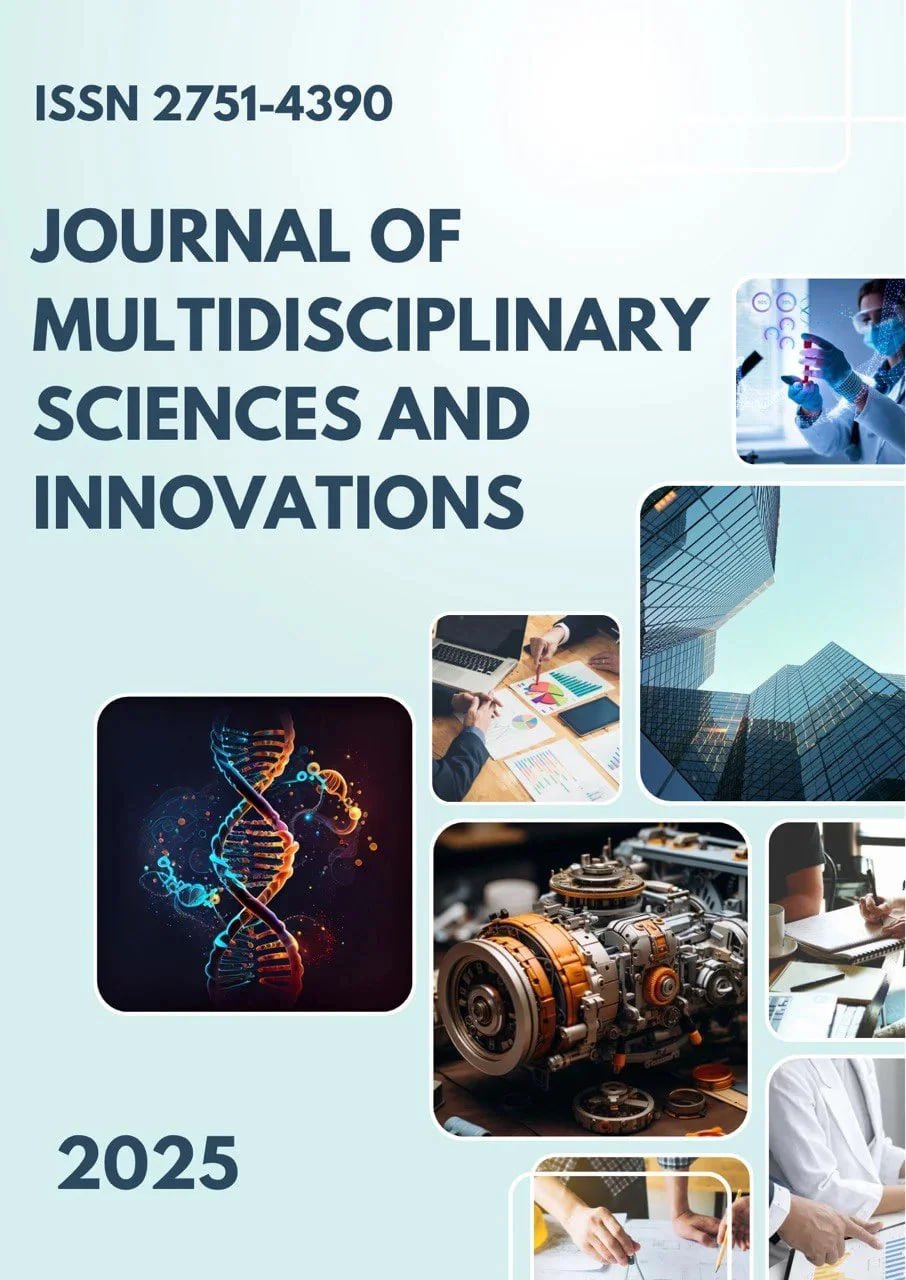SEMANTIC AND STYLISTIC TRANSFORMATION OF FIGURATIVE LANGUAGE IN TRANSLATION
Main Article Content
Abstract
This article explores the semantic and stylistic transformations that figurative language undergoes during translation, with special attention to the Uzbek-English language pair. It examines how metaphors, idioms, similes, and other stylistic devices are interpreted and adapted when transferred across languages and cultures. The author analyzes translation strategies such as paraphrasing, cultural substitution, and semantic compression, which help maintain the emotional depth and artistic integrity of the source text. Uzbek figurative expressions rooted in folklore and rural imagery are discussed alongside their English counterparts to reveal the complexity and creativity involved in rendering culturally rich language. The findings support the idea that figurative translation is not merely a linguistic challenge, but a cross-cultural negotiation that requires both linguistic expertise and interpretive sensitivity.
Downloads
Article Details
Section

This work is licensed under a Creative Commons Attribution 4.0 International License.
Authors retain the copyright of their manuscripts, and all Open Access articles are disseminated under the terms of the Creative Commons Attribution License 4.0 (CC-BY), which licenses unrestricted use, distribution, and reproduction in any medium, provided that the original work is appropriately cited. The use of general descriptive names, trade names, trademarks, and so forth in this publication, even if not specifically identified, does not imply that these names are not protected by the relevant laws and regulations.
How to Cite
References
1.Lakoff, G., & Johnson, M. Metaphors We Live By. – Moscow: Editorial URSS, 2004. – 256 p.
2.Newmark, P. A Textbook of Translation. – London: Prentice Hall, 1988. – 292 p.
3.Baker, M. In Other Words: A Coursebook on Translation. – London: Routledge, 2018. – 346 p.
4.Denroche, C. Metaphor, Translation, and Communication. – London: Bloomsbury Academic, 2022. – 208 p.
5.Omar, S. Cultural Aspects of Metaphor Translation in Uzbek-English Contexts // Journal of Language and Culture Studies. – 2021. – No. 4(12). – pp. 57–65.
6.Sahari, N., Akhmedov, R., & Shukurova, L. Human vs. Machine Translation of Uzbek Idioms: A Comparative Evaluation // Central Asian Journal of Language Studies. – 2024. – Vol. 3(1). – pp. 31–45.

